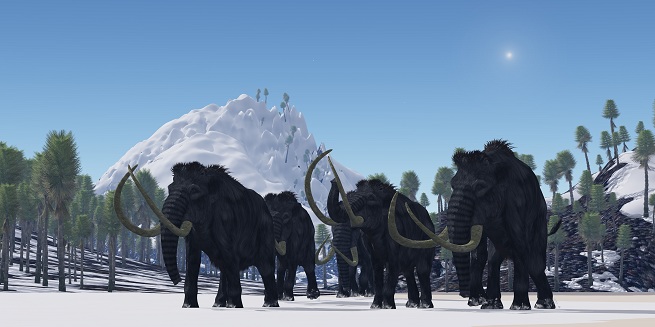 Chris Carvalho is chief operating officer of San Francisco-based online game publisher Kabam.
Chris Carvalho is chief operating officer of San Francisco-based online game publisher Kabam.
I just spent a week at TED, the renowned conference focusing on technology, entertainment and design, where some of world’s most enlightened people question the unquestionable, empower “factivists,” and help make the seemingly impossible possible.

Unlock premium content and VIP community perks with GB M A X!
Join now to enjoy our free and premium membership perks.
![]()

![]()